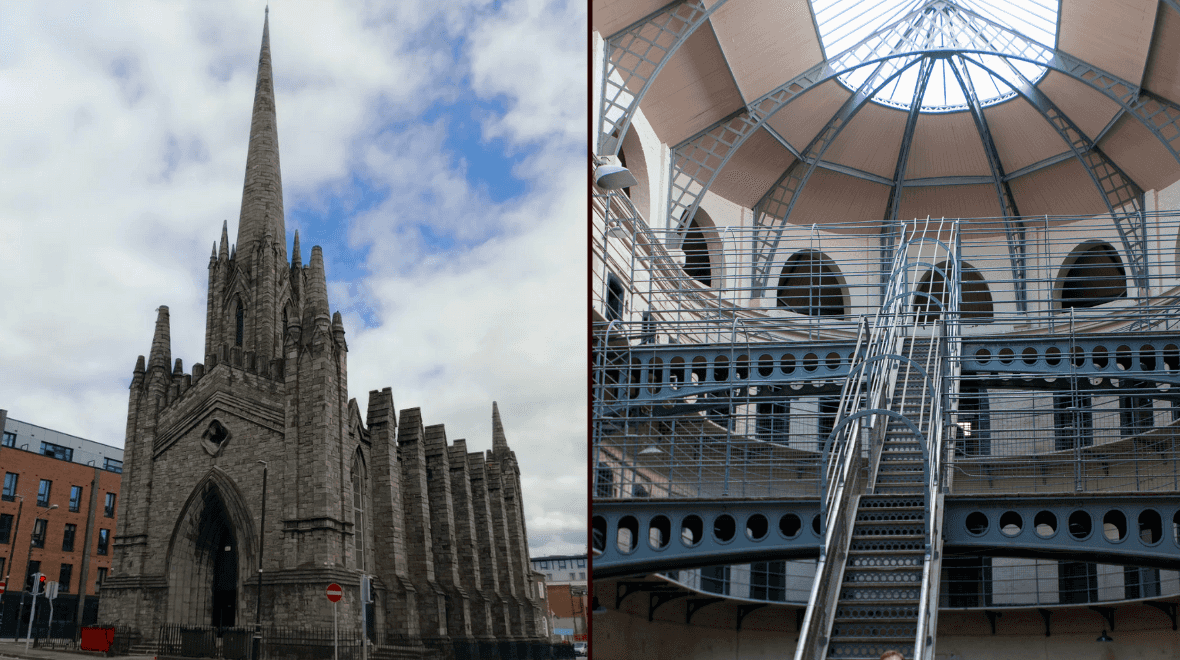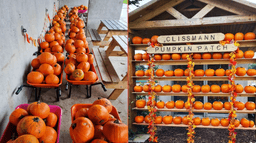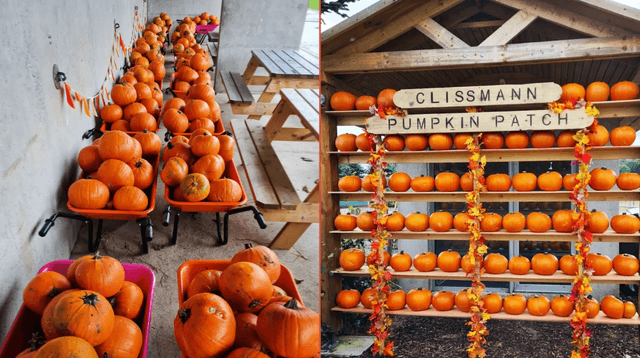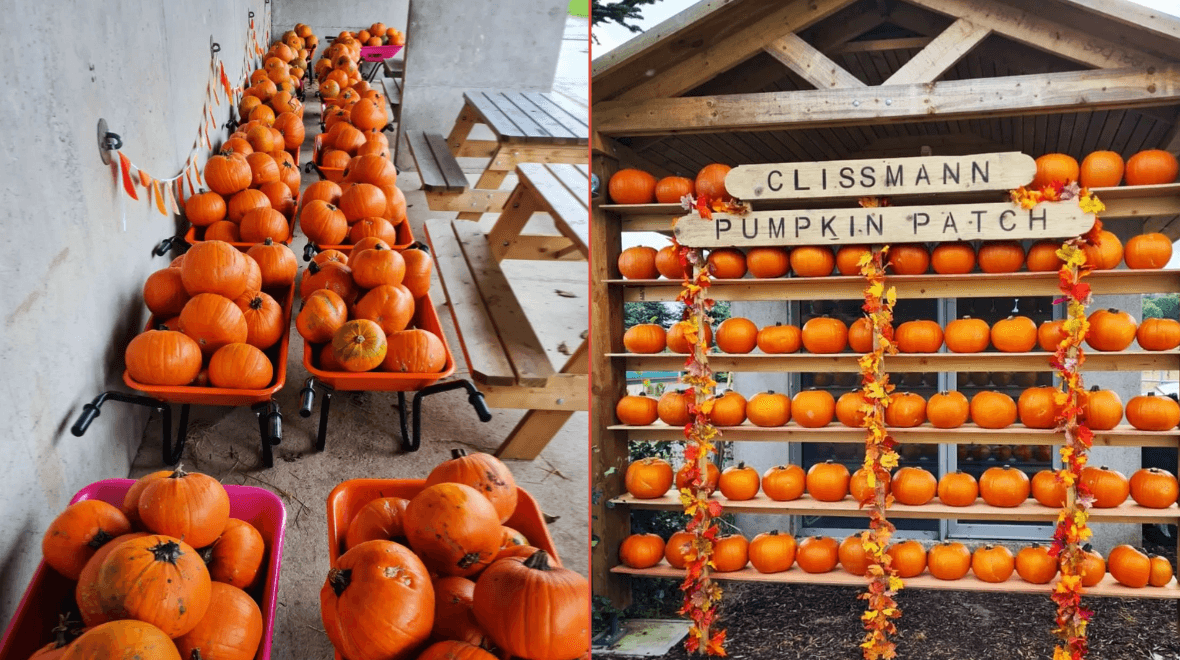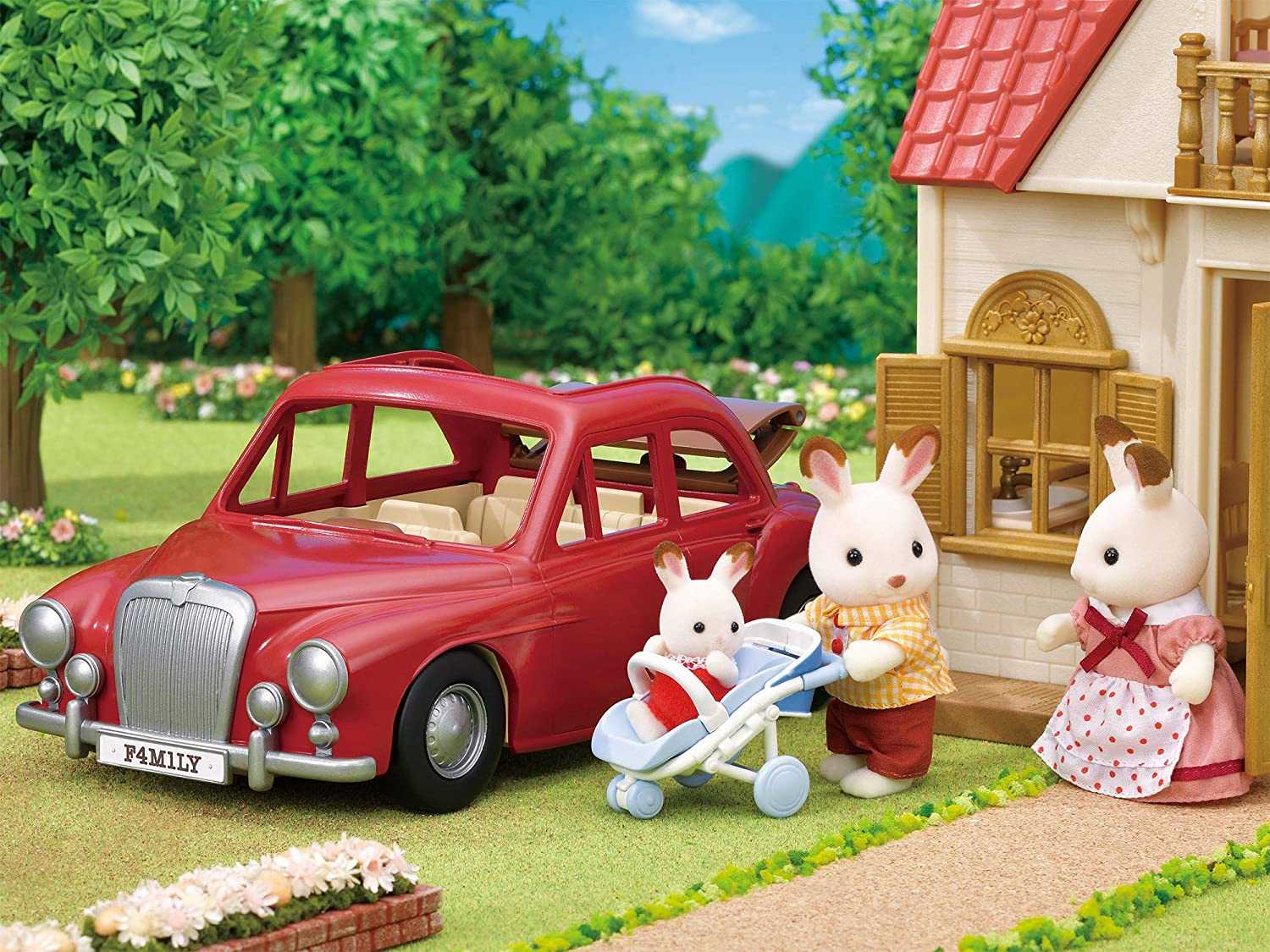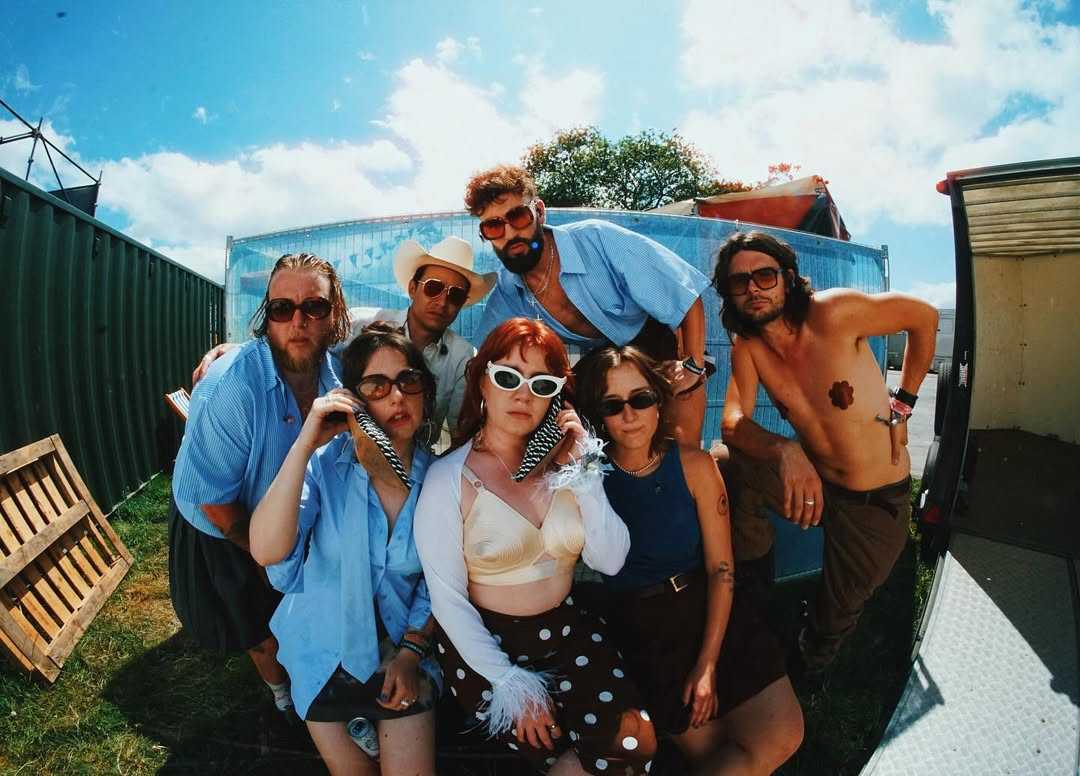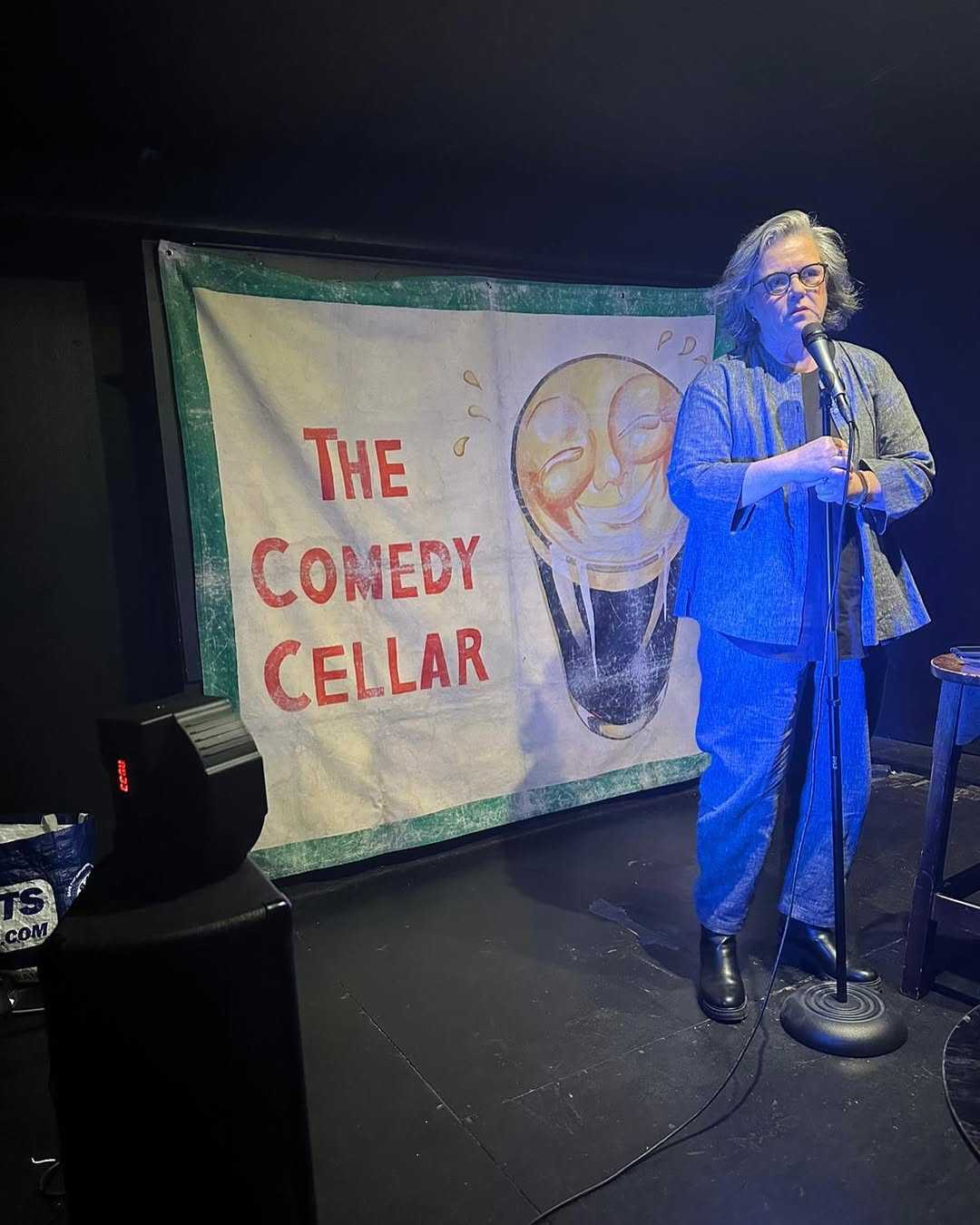
Sheela-na-Gigs are carvings, mostly stone, mostly medieval, of women displaying their genitals. Part warning, part weapon, part wild feminine energy.
We’re talking full squat, vulva wide, ribs showing, boobs drooping, face sometimes skull-like. In a country where women’s bodies were hidden, punished, and moralised for centuries, it’s wild that these figures not only existed but were placed over church doors and castle gates.
These medieval figures composed of sagging boobs, bony ribs, legs spread have been glaring from church walls and castle stones since the 11th century. While their exact purpose is still debated (fertility goddess? anti-sex church PSA? medieval sex ed?). Historians still argue about their meaning: warning against lust, protector from evil, architectural joke, folk icon, Anglo-Norman import. All of them might be true. What matters is this: they survived. One thing is clear: these women weren’t shy.
Over a hundred Sheelas have been found across Ireland, with the Heritage Council even launching a dedicated map (that now gives the dreaded 404) to help you find them. Some were pried off walls by Victorian prudes. Others were buried, dumped in rivers, or built into garden walls. But they keep resurfacing, literally and culturally, as women reclaim what was once erased or shamed.
Recently, they’ve reclaimed icon status. This time dominating socials. So if you’re Sheela-curious this is your unofficial Sheela trail through Dublin.
1. Lusk Church
Once known locally as “The Idol,” the Lusk Sheela was lodged inside the Round Tower Church — no neck, no torso, just a massive head on a pair of squatting legs. In 1783, antiquarian Austin Cooper called her “fancifully hideous.” By 1843, she was deemed too much — Reverend Tyrrell had her removed and buried.
Today, she’s gone. But the obelisk outside the church still honours Tyrrell, who later died in prison for speaking at a Repeal rally. A national hero — who literally buried female defiance. You can’t make this up.
Lusk, North County Dublin
721521E, 754467N
2. Drinan
Once perched on a gatepost near Swords, the Drinan Sheela is another vanisher. No one knows exactly where she ended up, but her role as boundary guardian still echoes — watching who comes and who goes, sitting at the edge between public and private, sacred and domestic.
She’s a reminder that Sheelas weren’t just ornamental. They were protectors. Feminine power as threshold magic.
Near Swords, North County Dublin
719866E, 745630N
3. Malahide Demesne
Hidden in the church ruins near Malahide Castle are two Sheelas, still embedded in the stone. No museum case, no protective plexiglass. Just stone, time, and Sheela doing her thing.
The juxtaposition is perfect: manicured castle lawns, ivy-covered ruins, and medieval vulva carvings staring out across centuries. Come for the day trip, stay for the feminist awakening.
Malahide, near the castle grounds
722006E, 745442N & 722005E, 745438N
4. National Museum of Ireland
Here, you’ll find one of Dublin’s Sheelas under glass. Preserved, labelled, classified. It’s a different energy — but still powerful. Up close, you can trace the details: how she was carved, what survived, what was probably hacked off.
She’s surrounded by other ancient artefacts — but she stands out. Because she’s not just a relic. She’s a confrontation.
Kildare Street, Dublin 2
716206E, 733636N
5. Stepaside Golf Course
This is the one that might not be a Sheela — but you’ll want to go anyway.
Hidden in a riverside glade off the public golf course is a cross-shaped marker with a carving that sure looks like a Sheela. Grumpy face. Hands in place. On the back? A spaceman (seriously). Experts say early Christian cross, not Sheela. We say: that depends on who’s doing the naming.
The real magic here is Brendan, the groundskeeper. Unofficial guardian. Keeper of stories. He’ll tell you about the land’s past — from Kilgobbin House to Hughes’ dairy to what it is now. And as you walk through the trees and feel the quiet shift, you’ll get it: even without “official” Sheela status, the energy is very much present.
Stepaside, South Dublin – municipal course, not the private one
6. Project Sheela
Every International Women’s Day, two anonymous artists install modern Sheela-na-Gigs in Dublin’s streets — no fanfare, no funding, no apologies. They just appear, in public spaces tied to women’s rights, resistance, and grief.
This is protest disguised as art. Folk tradition made radical again. Follow the drops on Instagram (@project.sheela) and go on the feminist treasure hunt of your dreams.
Various Dublin locations – revealed daily each March 8–14
The Sheela-na-Gigs of Dublin aren’t easy to find. Some are buried, some misidentified. Some passed off as “rude” or “irrelevant.” But maybe that’s part of the power. They make you look harder. Pay attention. Walk slower. Ask questions.
Sheela doesn’t ask to be understood. She dares you to sit with the discomfort. To feel the tension between reverence and rejection, between the sacred and the sexual. To reckon with the parts of our history — and our bodies — that were never meant to be seen.
So lace up your boots. Light a candle if you're into that. And go find her.







